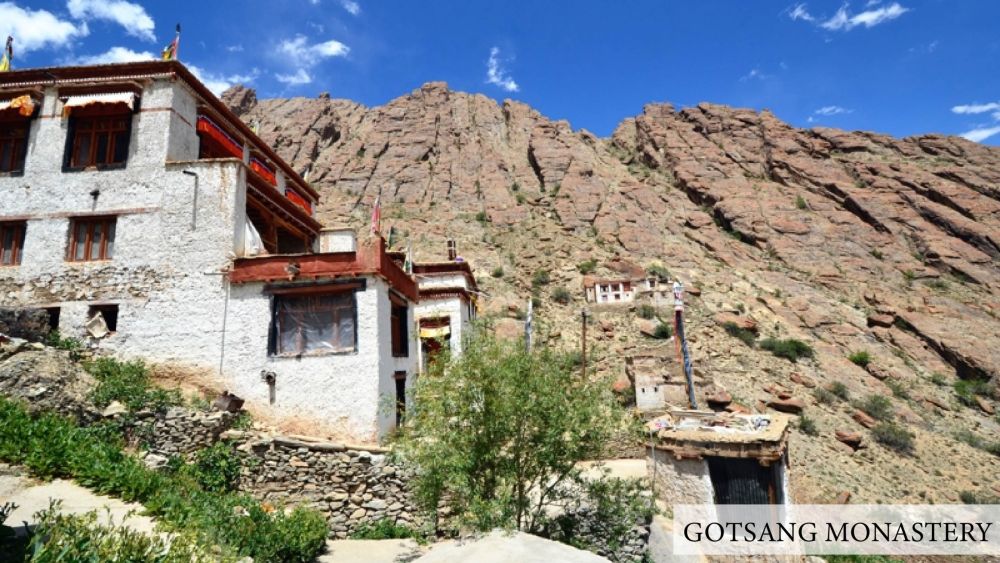

Situated in the enrapturing region of Hemis, Ladakh, the Gotsang Gompa is a lesser-known hermitage offering peace and solace to its visitors. Tucked away in the Indian Himalayas, Ladakh has been an enticing destination for travelers seeking both adventure and spiritual enlightenment. The history of tourism in Ladakh dates back several decades when intrepid explorers and Buddhist scholars started making journeys to this remote region to experience its untouched beauty and rich cultural heritage.
Compared to its more famous counterpart, the Hemis Monastery, which hosts the annual Hemis festival attracting tourists worldwide, Gotsang Gompa has remained a quiet retreat, often overshadowed by the grander monastic establishments in the area. Despite its relative obscurity, it has consistently drawn those visitors looking for a place of contemplation and a deeper connection with Tibetan Buddhism. Founded in the 17th century as part of the Drukpa lineage, the monastery serves as a testament to the age-old spiritual practices that still thrive in these high-altitude deserts.
A visit to Gotsang Gompa is a journey inwards, with the path leading through rugged terrain that adds to the meditative experience. Upon arrival, tourists are greeted with a sense of timeless serenity, characteristic of Ladakhi monasteries. The walls of the Gompa are adorned with exquisite thangka paintings and frescoes depicting various aspects of Buddhist philosophy.
In recent years, Ladakh has seen a surge in popularity due to the rise of sustainable tourism and an increasing interest in high-altitude trekking. The Indian government's 'Incredible India' campaign, alongside the promotion of local eco-friendly initiatives, has further bolstered Ladakh's global appeal as a unique travel destination.
With the growth in adventure tourism, Ladakh has diversified its offerings, providing experiences ranging from rigorous treks, whitewater rafting, to motorcycle tours along the highest motorable passes in the world. Nevertheless, preservation efforts are paramount, and authorities have taken measures to ensure that the increase in footfall does not disturb the ecological and cultural milieu of the region.